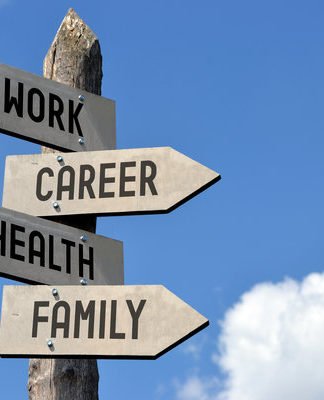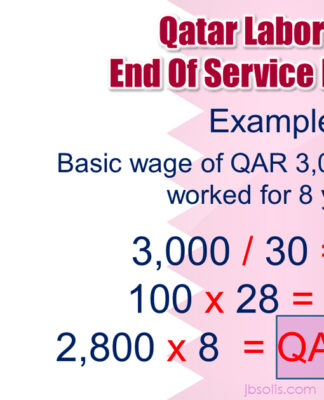Consumers Face Financial Crunch From Rising Emergency Expense Costs
BY PYMNTS | JUNE 26, 2023
|
Emergency expenses can make consumers turn to financing and make or break their financial well-being, especially those who are living paycheck to paycheck.
Emergency expenses can make consumers turn to financing and make or break their financial well-being, especially those who are living paycheck to paycheck.
In May 2023, the Federal Reserve released the Economic Well-Being of U.S. Households in 2022, the latest edition of an annual report often used to measure financial well-being. Since 2013, these reports have tracked consumers’ stated ability to afford a theoretical $400 emergency expense. The report shows that higher prices have negatively affected most households, and overall financial well-being declined in the prior year, with many consumers adjusting their spending to make do.57%: Share of U.S. consumers who lived paycheck to paycheck in May 2023
Still, the question remains: Is the $400 amount a valid reference to reflect today’s reality? According to PYMNTS’ research, 46% of U.S. consumers have faced at least one unexpected expense in the last 90 days. Two-thirds of the unexpected expenses consumers experienced cost more than the Federal Reserve’s benchmark of $400. Consumers’ average emergency expense is now approximately $1,700, reflecting year-over-year growth of 16%. Among paycheck-to-paycheck consumers, 48% of those struggling to pay monthly bills say they faced an emergency expense in the three months prior to May 2023. One-quarter said they would not be able to pay such an expense.
These are just some of the findings detailed in this edition of “New Reality Check: The Paycheck-to-Paycheck Report,” a PYMNTS and LendingClub collaboration. The Emergency Spending Deep Dive Edition examines the impact of financial stressors, such as emergency spending, on consumers’ ability to manage expenses and put aside savings. It also details the rising trend in unexpected expenditures among young and affluent consumers. The series draws on insights from a survey of 3,620 U.S. consumers conducted from May 3 to May 18 and an analysis of other economic data.
15%: Portion of U.S. consumers living paycheck to paycheck with issues paying bills in May 2023More key findings from the study include the following:
In May 2023, 57% of consumers lived paycheck to paycheck, with fewer struggling to pay bills compared to May 2022.
The share of consumers living paycheck to paycheck has dipped compared to those who were doing so in the first four months of 2023. This share is virtually unchanged compared to May 2022. Fluctuations in financial lifestyles among high-income consumers can explain this. In May 2023, 41% of consumers annually earning more than $100,000 reported living paycheck to paycheck, an 8 percentage point drop from April 2023. This improvement also holds true among struggling consumers.
Forty-six percent of U.S. consumers report facing unexpected expenses in the three months before May 2023. Millennials and high-income consumers met them at even higher rates.
Most unexpected expenses are related to necessary repairs or replacements. It makes sense that more affluent consumers face these the most often. In the three before May 2023, consumers annually earning more than $100,000 were 34% more likely to have faced emergency expenses than their low-income counterparts. Among consumers earning less than $50,000, just 39% reported having unexpected expenses. This share is especially high among millennials and bridge millennials.66%: Share of consumers whose emergency expenses are more than the Federal Reserve’s 0 benchmark
Most consumers use available funds to cope with unexpected expenses. Those facing financial hardships or experiencing costs equal to most or all of their savings look elsewhere.
How consumers pay for emergency expenses correlates with their financial situations and the cost of the expense. Fifty-one percent of consumers reported paying for unexpected expenses with cash or money from their savings accounts in the three months before May 2023. Thirty-three percent used financing or alternative sources to pay for unexpected expenses. Paycheck-to-paycheck consumers with issues paying bills are nearly twice as likely as the average consumer to use financing or alternative sources, at 63%.
While fewer consumers now live paycheck to paycheck, unexpected expenses can still strain their wallets and financial health. Download the report to learn more about how U.S. consumers living paycheck to paycheck handle emergency expenses when they arise.




















![Qatar Labor Law In 2020??? [UPDATES]](https://welcomeqatar.com/wp-content/uploads/2020/12/Qatar-Labor-Law-1-696x366-1-324x366.jpg)









